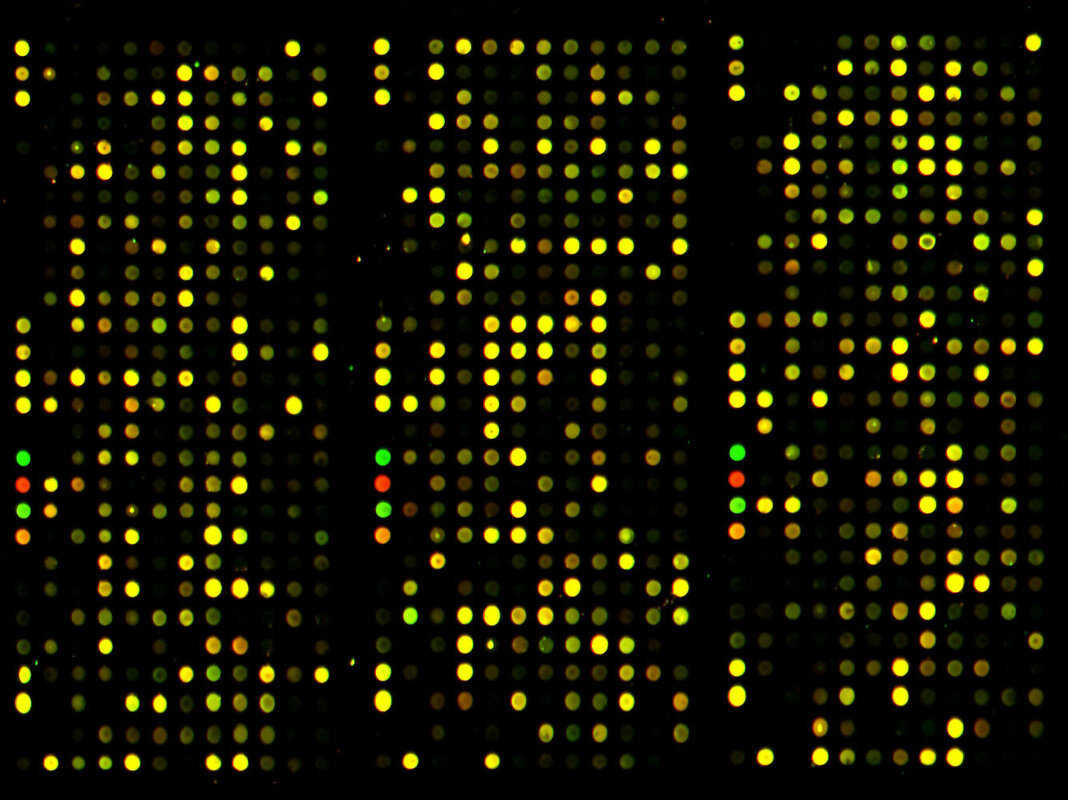
Research
Our Goals
To better understand how environmental and lifespan experiences contribute to the development of neurologic and neuropsychiatric disorders.
To understand the molecular and cellular contributions to the diffusion signal in quantitative diffusion MRI.
To innovate and develop novel molecular and cellular imaging approaches to image the human brain.
Ongoing Projects
-

Gene x Environment Interactions in Psychiatric Illness
Both genetics and environmental factors are hypothesized to play a significant role in the development of psychiatric disease and understanding how these factors interact can help elucidate the biological mechanisms underlying psychiatric illness. Utilizing a novel genetic rat model of psychiatric illness developed in our group, we are exploring the impact of environmental factors on neural and brain microstructure and how these interactions manifest at the systems level with animal behavior studies.
-

Systems Neuroimaging of the Gut-Brain Axis
The tremendous diversity and abundance of microbes comprising the gut microbiome and its impact on human health and disease have emerged as an intense area of interest. To begin to understand the influence of resident gut microbiota on the CNS, our group has recently pioneered novel machine learning methods that have associated specific gut microbiome populations to brain microstructure and in doing so, have begun to illuminate potential mechanisms for how gut microbiota ultimately influence brain function. Current work is now exploring the potential role of gut microbial-associated metabolites on neural microstructure in neuropsychiatric illness and in Alzheimer’s disease and the intersection of neighborhood disadvantage and resident gut microbiota on brain microstructure.
-

Quantitative Deep Image Phenotyping of Neurobiology
Conventional magnetic resonance imaging techniques are largely qualitative and fail to capture the complex molecular and cellular neuroglial milieu. Quantitative diffusion imaging, including new multi-compartment techniques, have begun to surmount these challenges, but while exhibiting extraordinary sensitivity to molecular and cellular neuropathological changes occurring in the brain, they are also non-specific thus limiting their overall utility and clinical translational potential. To address this shortcoming, we are pioneering novel biologically-oriented deep image phenotyping methods that leverage the biological responsiveness of quantitative diffusion imaging to generate specific molecular and cellular biomarkers of brain neuropathology.



